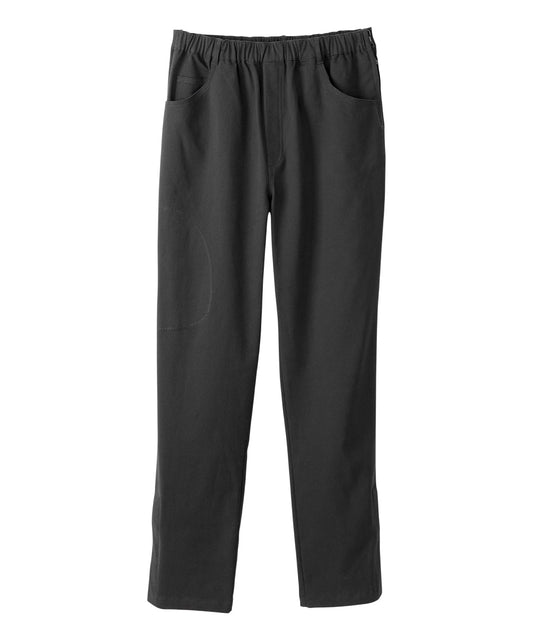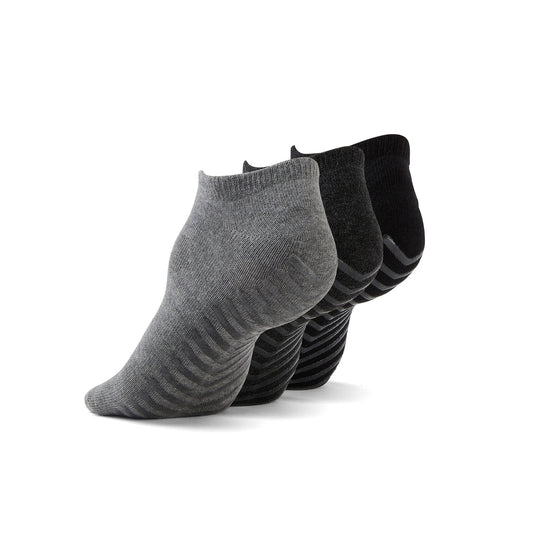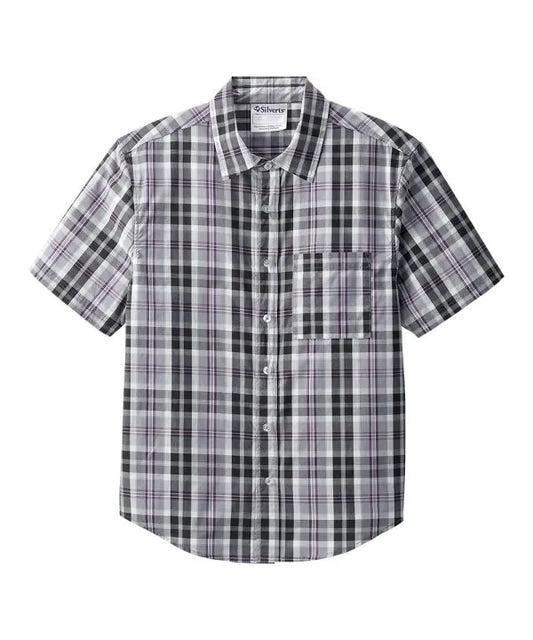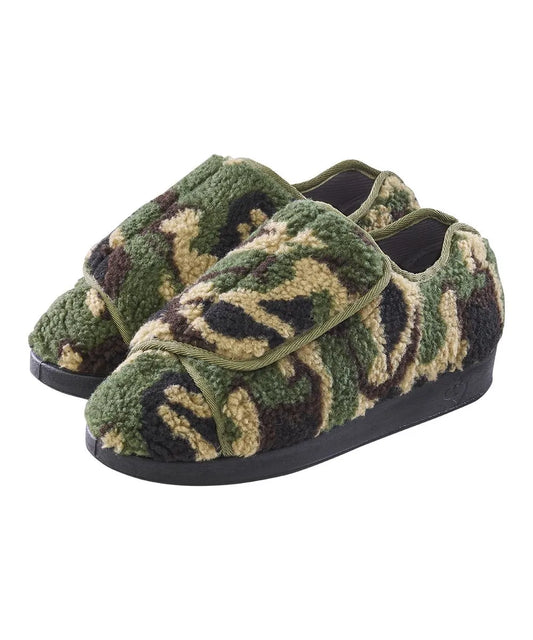Written by Eliza Gilani
Have you ever noticed how slipping into your favorite outfit can instantly lift your spirits? Or how dressing comfortably can make a tough day feel just a little easier? Clothing is more than just fabric, it’s also a powerful tool for most because it influences our mood, self-esteem, and the way we interact with the world.
For those living with disabilities, and others who are recovering from surgery, or even caregivers and parents of children with disabilities, fashion isn’t just about style, it’s mainly about function, comfort, and self-expression. What we wear can empower us, provide a sense of control, and even improve our mental well-being. Whether it’s adaptive clothing that makes dressing easier, colours that boost positivity, or simply finding pieces that perfectly reflect your personality and who you are. In this way, it's undeniable that fashion has a direct impact on confidence and daily life.
In this post, we’ll further explore the psychology behind fashion and how fascinating it can be when it comes to how the right clothing choices can enhance mood and self-assurance. We’ll also look at how to incorporate practical yet uplifting wardrobe choices into your routine. Whether you're dressing for comfort, recovery, accessibility, or self-expression, the clothes you wear can make a difference in how you feel, inside and out.
How Does What We Wear Influence Our Emotions and Self-Perception?
What we wear isn’t just about covering our bodies, it’s usually a direct reflection of how we feel, how we want to feel, and even how we want others to perceive us. Studies in psychology suggest that clothing has a big impact on our emotions, self-perception, and confidence. This phenomenon is often referred to as enclothed cognition, this term describes how the clothing we choose can shape our mood, influence our behavior, and even impact cognitive performance.
There is a link between clothing and emotion and it's backed by psychology. The concept of enclothed cognition, a term coined by researchers Hajo Adam and Adam Galinsky, suggests that the clothes we wear influence not only how we feel but also how we think and behave. Their 2012 study found that when participants wore a white lab coat described as a "doctor’s coat," they performed better on attention-related tasks compared to those who wore the same coat described as a "painter’s coat” (Adam & Galinsky, 2012). This demonstrates that clothing carries symbolic meaning, affecting our mindset and confidence.
For many, slipping into a favorite outfit can provide an instant mood boost, much like how dressing in professional attire can make someone feel more competent. Colours also play a psychological role because warm tones like red and yellow are linked to energy and optimism, while cool shades like blue and green can evoke feelings of calmness and relaxation. A 2014 study published in Color Research & Application found that participants wearing red felt more confident and attractive, further highlighting the emotional influence of color in fashion (Roberts et al., 2014).
For individuals with disabilities, those in recovery, and caregivers, the impact of clothing extends beyond style. Clothing that is comfortable, functional, and adaptive can help reduce stress, restore a sense of independence, and improve overall well-being. For example, if a person who is disabled and on top of that they have arthritis in their fingers, then adaptive clothing with magnetic closures instead of buttons can enhance both comfort and confidence. Adaptive clothing allows people to wear essential pieces without having to feel like they need to exert immense effort to actually get the clothes on. Ultimately, what we wear isn't just about aesthetics, it’s about how clothing makes us feel. Whether it’s the reassuring softness of a favorite sweater, the empowerment of a well-fitted outfit, or the practical ease of adaptive wear, our clothing choices influence our emotional state in ways we might not even realize.
What Is 'Dopamine Dressing,' and How Can It Boost Mental Well-Being?
Putting on a brightly coloured outfit can make you feel instantly happier and wearing a favourite piece of clothing can make you feel confident and energized. This idea is at the heart of dopamine dressing, a concept that links what we wear to our brain’s release of dopamine, a neurotransmitter associated with pleasure, motivation, and reward.
There’s a multitude of ways to incorporate dopamine dressing into your everyday life. Incorporating dopamine dressing into everyday life is all about experimenting and embracing what makes you feel energized and at ease. Try playing with color, if bright hues like yellow, orange, or pink lift your spirits, consider adding pops of these shades to your wardrobe, while those who prefer a more calming vibe might lean towards blues and greens. It’s also important to choose textures that bring comfort, opting for soft, breathable fabrics can provide a sense of ease and relaxation throughout your day. Wear clothing that sparks joy, whether it’s a well-loved sweater your grandmother made you, a meaningful piece of jewelry passed down by family, or a comfortable yet stylish adaptive outfit for your disability, just make sure each piece makes you feel your best.
How Colours, Fabrics, and Styles Impact Mood and Energy Levels
The clothes we wear affect more than just our outward appearance, they can influence our energy levels, emotions, and even how we interact with others. From the color of a sweater to the texture of a fabric, every element of clothing plays a role in shaping our psychological state. For individuals with disabilities, those in recovery, and caregivers, making mindful wardrobe choices can provide an extra layer of comfort, motivation, and emotional well-being.
The Power of Colour Psychology in Fashion
We went over the effect colour has on an outfit, but let’s dive deeper. Colour psychology suggests that different hues can evoke specific emotional and physiological responses. Research conducted by the University of British Columbia found that blue tones tend to have a calming effect, reducing stress and promoting a sense of security (Mehta & Zhu, 2009). In contrast, red has been linked to increased energy, confidence, and even improved physical performance (Elliot & Aarts, 2011). Another study published in Colour Research & Application found that people who wore bright colours such as yellow, orange, and pink reported feeling more optimistic and confident throughout the day (Roberts et al., 2014).
For those living with disabilities or recovering from surgery, choosing clothing in uplifting colors can be a simple way to enhance mood and encourage positive emotions. Parents of children with disabilities can also use colour psychology when selecting clothes, as studies suggest that children respond to bright, warm colors with increased engagement and enthusiasm (Boyatzis & Varghese, 1994).
Women's 2-Piece Set With Back Overlap

Speaking of colours, check out this Women's 2-Piece Set With Back Overlap at June Adaptive. It is stylish and comes in three different vibrant colour options. Find comfort in this women's open-back long-sleeve polo and open-back pant set.
The Role of Fabrics in Emotional and Physical Well-Being
Fabric choice is just as important as color when it comes to comfort and emotional well-being. Soft, breathable materials like cotton, bamboo, and modal can provide a soothing sensation on the skin, which is particularly beneficial for individuals with sensory sensitivities or conditions like fibromyalgia. Research from the Journal of Physiological Anthropology suggests that natural fabrics contribute to lower stress levels by regulating body temperature and reducing irritation (Kondo et al., 2012).
On the other hand, rough or restrictive fabrics can cause discomfort and even negatively impact mood. For individuals with limited mobility or post-surgical restrictions, lightweight, stretchable, and tag-free clothing can make a world of difference. Adaptive clothing designed with smooth seams, magnetic closures, and moisture-wicking properties can help prevent skin irritation while enhancing overall comfort.
Men's Seated Fleece Pants with Back Overlap

At June Adaptive we have a range of clothing that offers comfort and emotional well being thanks to the fabric and material used. The Men's Seated Fleece Pants with Back Overlap made out of a plush fleece fabric keeps you warm throughout the day while the full elasticized waist provides all-day comfort. These pants allow for easy assisted dressing, even if you’re seated! You can stay seated the whole time you put these on or off.
Can Dressing with Intention Improve Self-Esteem and Productivity?
Many people associate productivity with workplace attire, but the truth is that dressing with intention can improve focus and motivation in any environment. Even in casual or home settings, wearing an outfit that signals readiness rather than staying in pajamas can mentally prepare the brain for action.
For those recovering from surgery or managing disabilities, productivity might look different from a traditional 9-5 workday, but dressing intentionally can still serve a sense of purpose. No matter who you are, wearing an outfit that makes dressing easier, improves mobility, or simply makes a person feel comfortable can set a positive tone for the day. For caregivers this might look like dressing in a way that balances comfort and professionalism can help maintain energy levels and create a mental distinction between caregiving tasks and personal time.
How to Dress with Intention for Self-Esteem and Productivity
First you should set an intention before choosing your outfit: Ask yourself, “How do I want to feel today?” and dress accordingly. Then you can try to incorporate small but meaningful changes, this might look like adding a favorite accessory such as a watch or bracelet, wearing a well-fitted piece, or choosing a fabric that feels good can enhance confidence. You should also focus on maintaining a balance between comfort and structure, as discussed for those with disabilities adaptive clothing can provide ease of movement while still feeling put-together. Finally, you can also use fashion styles as a mental cue for different activities, for example having designated outfits for work, relaxation, and outings to create psychological boundaries and improve focus.
At the end of the day fashion and clothing is about feeling empowered in your own skin. The simple act of dressing mindfully can be a significant tool for increasing self-esteem and productivity in daily life, whether it involves choosing clothes to wear that meets physical demands, improves comfort, or increases motivation.















